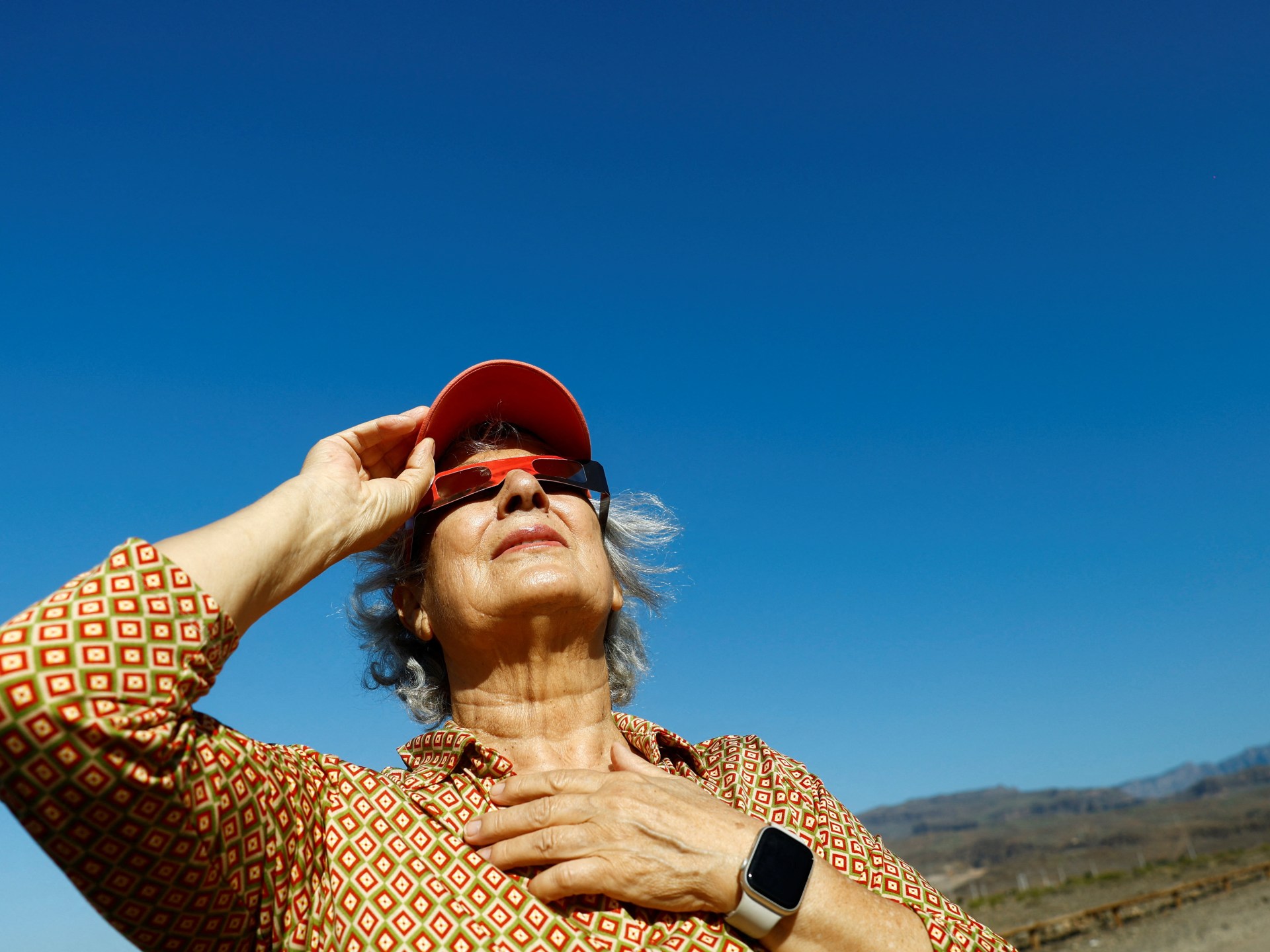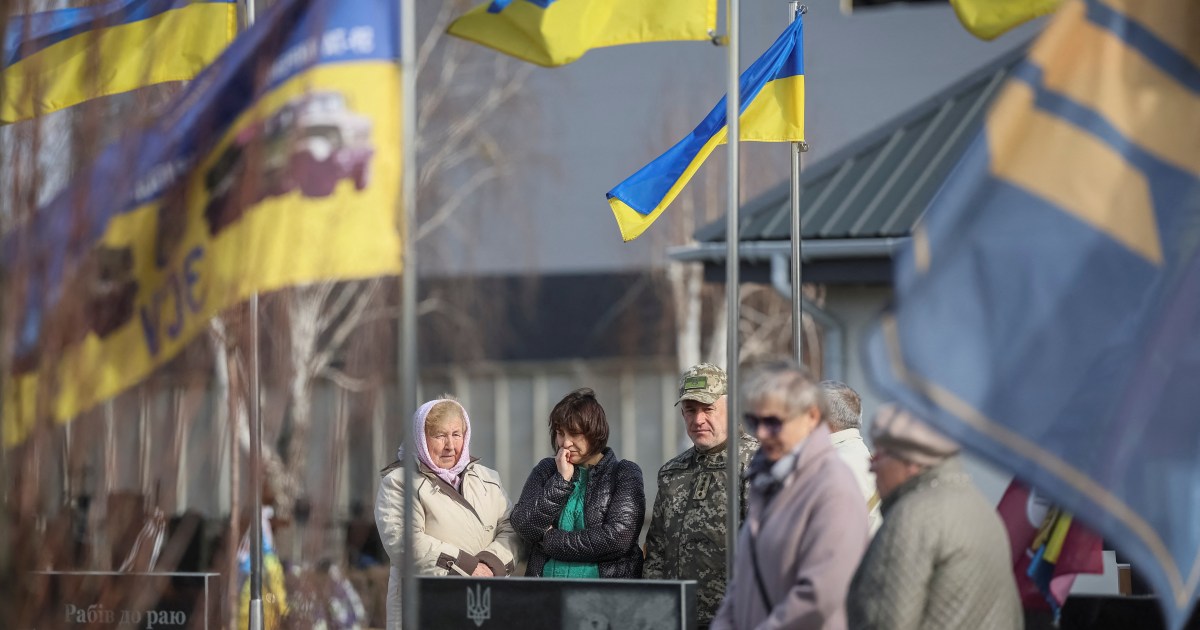

Skygazers in some parts of the world have been enthralled catching the Moon passing between the Sun and the Earth, making a partial solar eclipse.
Saturday’s eclipse was visible throughout Europe, including Greenland, the far northwest of Africa and Newfoundland, weather permitting. Clouds meant some were unable to see up to one-fifth of the Sun obscured by the Moon.
list 1 of 3
Record-breaking heat: Monday was world’s hottest day
list 2 of 3
Harvest moon, supermoon bring a partial lunar eclipse: How, when to watch
list 3 of 3
South America gets ‘ring of fire’ solar eclipse
end of list
During a solar eclipse, the Moon stands between the Earth and the Sun. And since the three are not completely aligned, when the Moon passes through the other two, it obscures only part of the Sun.
The next partial solar eclipse in Europe is due to fall on August 12, 2026, with more than 80 percent of the Sun set to be covered.


However, the next total eclipse – which occurs when the Moon completely blocks out the sun – in the region will not occur until 2081. During a total solar eclipse, the Moon passes directly between the sun and the Earth, completely blocking the sun’s light on one side, and casting a shadow on a small area of Earth on its other side.
Authorities warned residents Saturday to avoid looking directly at the sun without protection, especially through binoculars or a telescope. Those seeking a glimpse of the eclipse were advised to wear special protective glasses.
Related News

Russia-Ukraine war: List of key events, day 1,107

UN urged to probe Myanmar special envoy over alleged Chinese firms ties

Greek government to face no-confidence vote over 2023 deadly train crash


